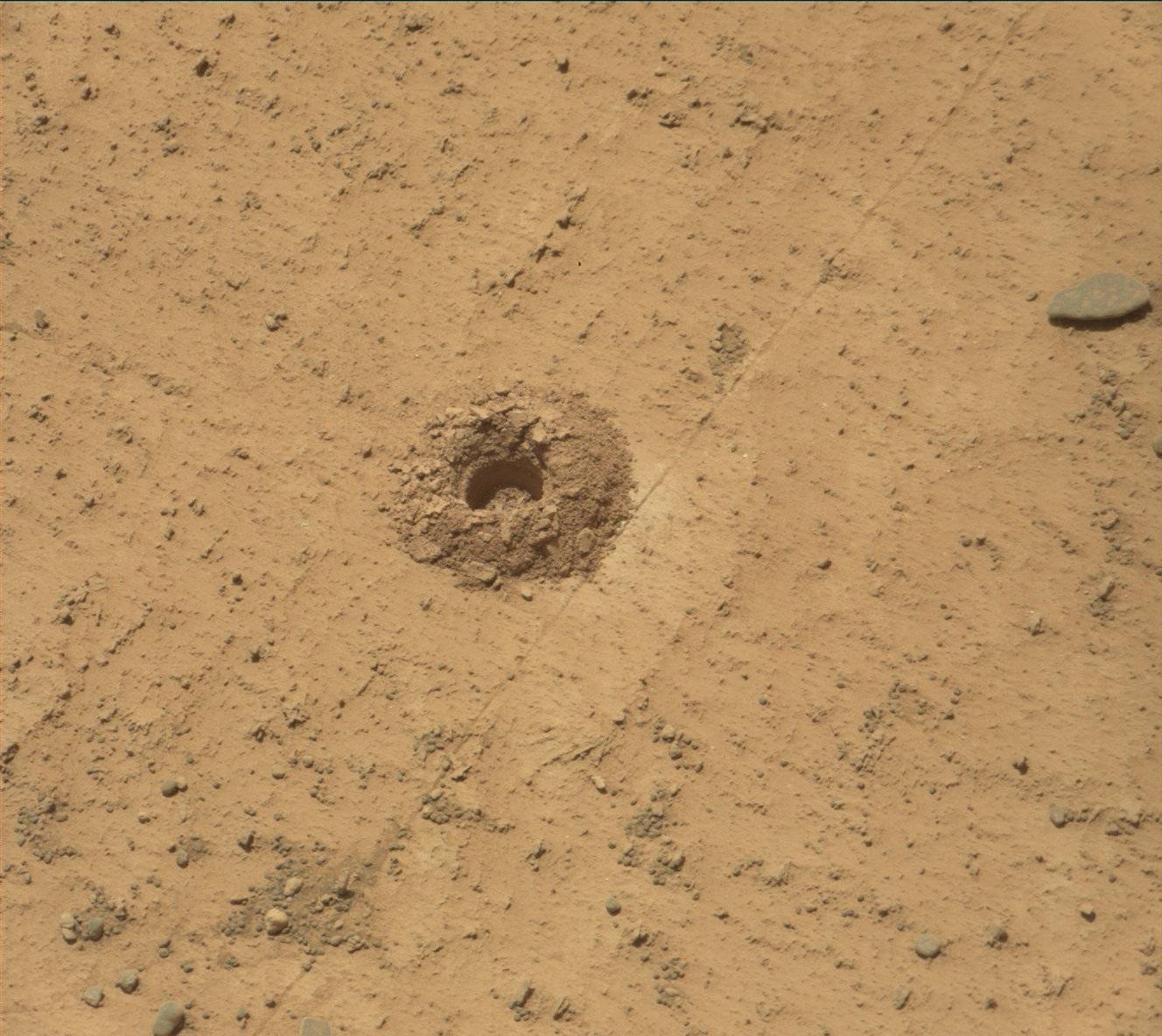Curiosity Navigation Curiosity Home Mission Overview Where is Curiosity? Mission Updates Science Overview Instruments Highlights Exploration Goals News and Features Multimedia Curiosity Raw Images Images Videos Audio More Resources Mars Missions Mars Sample Return Mars Perseverance Rover Mars Curiosity Rover MAVEN Mars Reconnaissance Orbiter Mars Odyssey More Mars Missions The Solar System The Sun Mercury Venus Earth The Moon Mars Jupiter Saturn Uranus Neptune Pluto & Dwarf Planets Asteroids, Comets & Meteors The Kuiper Belt The Oort Cloud 2 min read
Sols 4268-4269: Admiring Kings Canyon 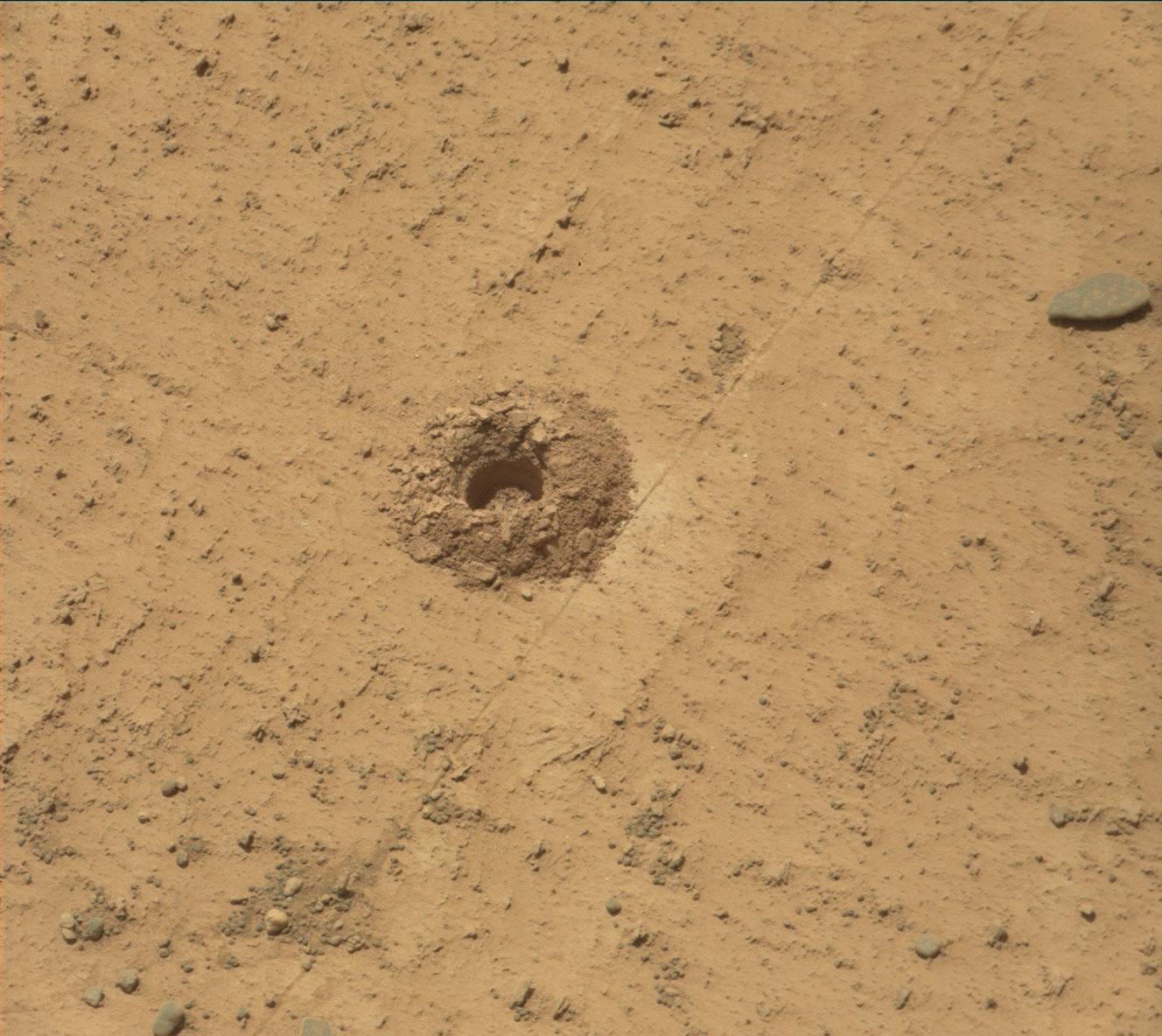 A hole on the Red Planet drilled by NASA’s Mars rover Curiosity and nicknamed “Kings Canyon” produced a soil sample the mission team is studying. This image was taken by Mast Camera (Mastcam) onboard Curiosity on Sol 4263 — Martian day 4,263 of the Mars Science Laboratory mission — on Aug. 3, 2024 at 07:56:55 UTC. NASA/JPL-Caltech/MSSS Earth planning date: Wednesday, Aug. 7, 2024
A hole on the Red Planet drilled by NASA’s Mars rover Curiosity and nicknamed “Kings Canyon” produced a soil sample the mission team is studying. This image was taken by Mast Camera (Mastcam) onboard Curiosity on Sol 4263 — Martian day 4,263 of the Mars Science Laboratory mission — on Aug. 3, 2024 at 07:56:55 UTC. NASA/JPL-Caltech/MSSS Earth planning date: Wednesday, Aug. 7, 2024
Curiosity is admiring our latest drill hole, “Kings Canyon.” Today’s plan is dedicated to continuing analysis of the drilled sample, including preconditioning for SAM evolved gas analysis (EGA) scheduled for the weekend. In planning today, the environmental (ENV), and the geology and mineralogy (GeoMin) theme groups planned two days of science observations.
The ENV science group is making the most of Curiosity remaining stationary for a while and has planned two Mastcam Tau observations to measure the amount of dust in the atmosphere, as well as using Navcam for a total of three dust devil movies — one on the first sol, and two on the second sol. They are also observing clouds in the Martian atmosphere with Navcam suprahorizon and zenith movies.
The GeoMin science group is enjoying the view too, extending Mastcam coverage of areas of interest including the Kings Canyon drill hole, and “Fairview Dome.” Looking further ahead, ChemCam planned a long distance RMI view of “Texoli butte,” to investigate the interesting sedimentology and stratigraphy here. To round off our plan, we are taking two ChemCam Laser Induced Bedrock Spectroscopy (LIBS) observations of a bright-toned rock named “Fourth Recess Lake” in an area of rocks that were previously crushed by the rover wheels known as “Sam Mack Meadow.” We are also taking a LIBS observation of the Kings Canyon drill hole. As we await the preliminary results on the analysis of the drill hole, we’ll be enjoying the view as these images downlink to Earth over the next few days.
Written by Emma Harris, graduate student at The Natural History Museum, London
Details Last Updated Aug 12, 2024 Related Terms Blogs
Keep Exploring Discover More Topics From NASA Mars
Mars is the fourth planet from the Sun, and the seventh largest. It’s the only planet we know of inhabited…

Explore this collection of Mars images, videos, resources, PDFs, and toolkits. Discover valuable content designed to inform, educate, and inspire,…
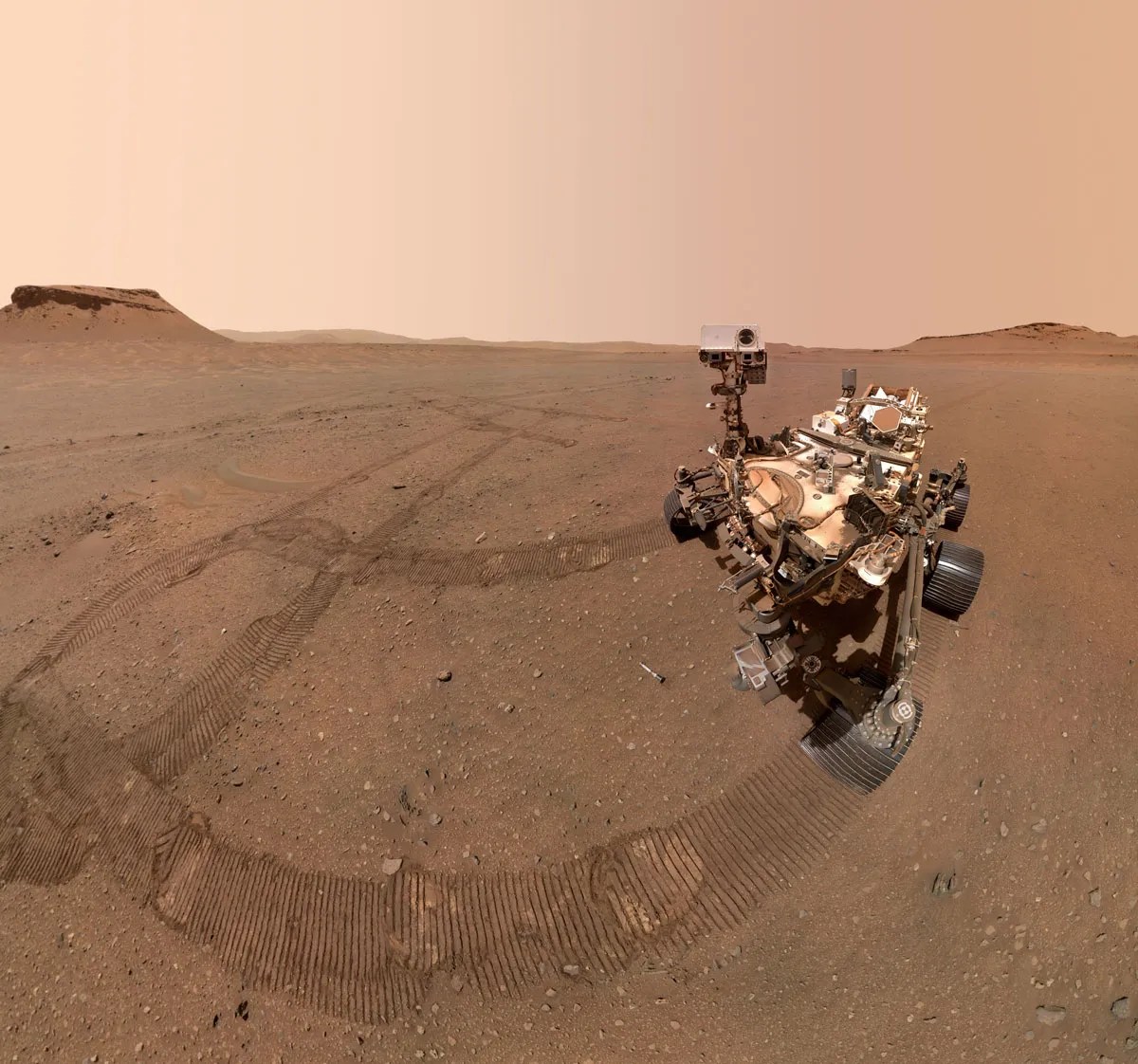
Each robotic explorer sent to the Red Planet has its own unique capabilities driven by science. Many attributes of a…
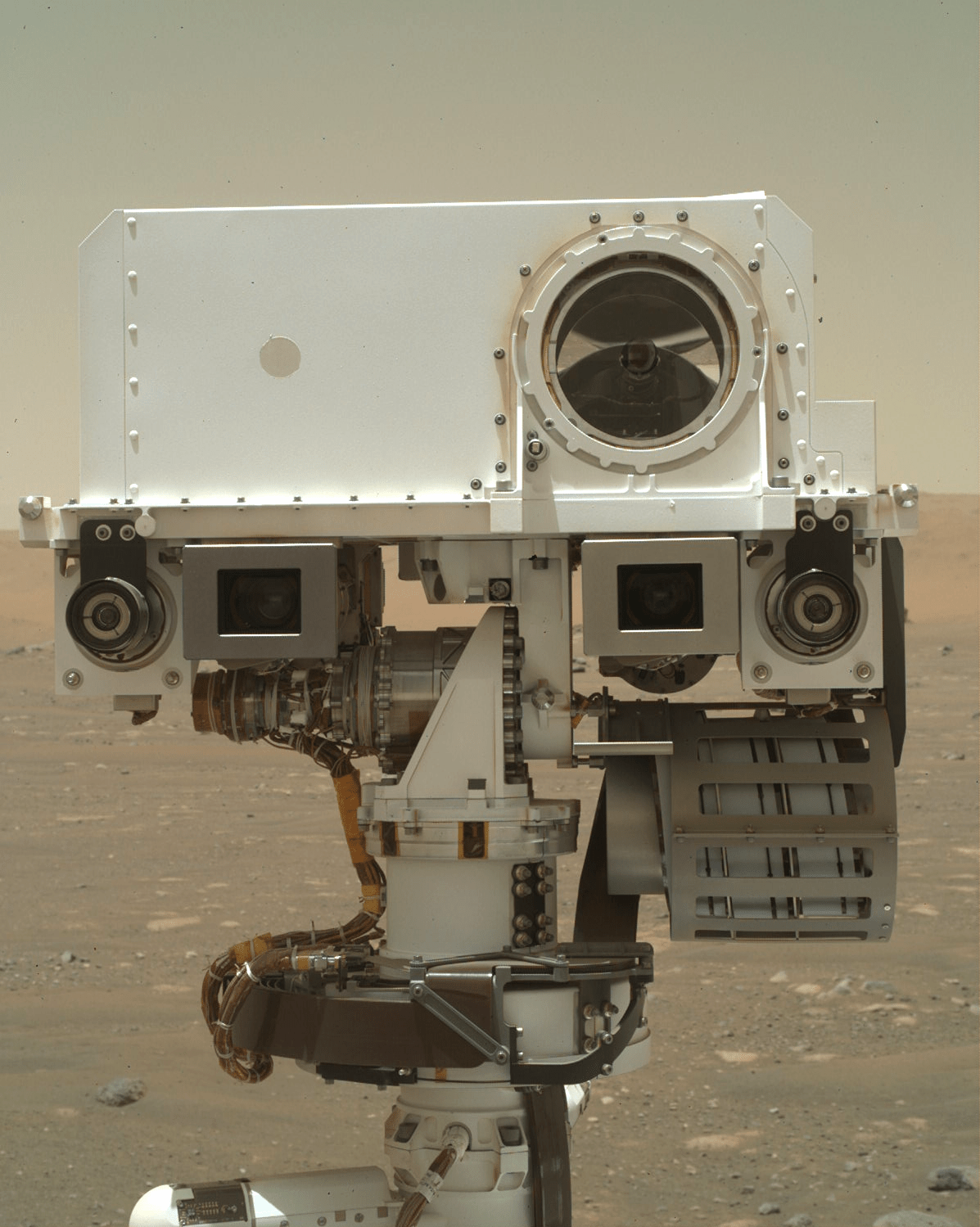
Mars Exploration: Science Goals
The key to understanding the past, present or future potential for life on Mars can be found in NASA’s four…
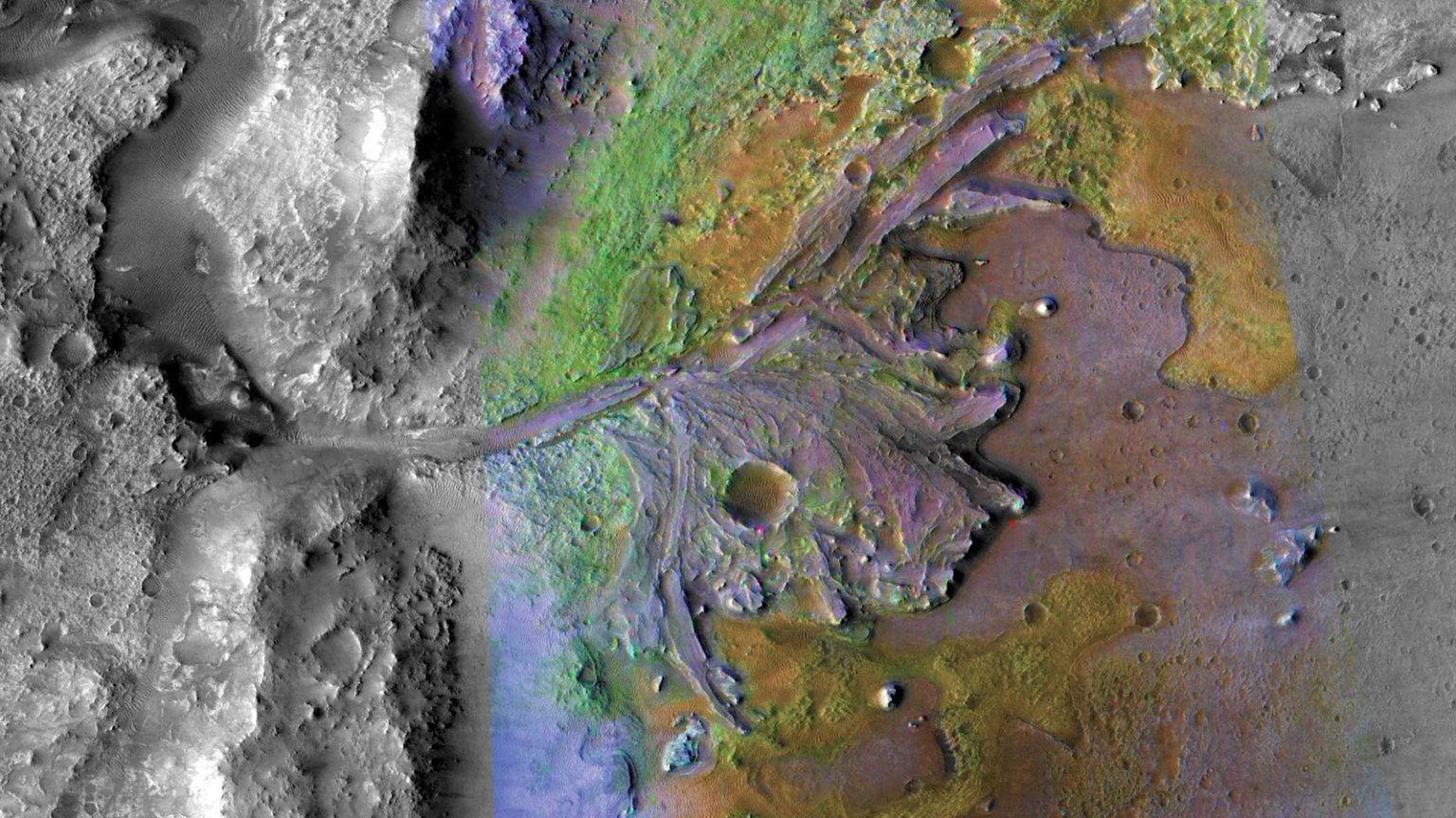


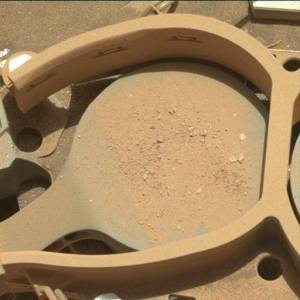 3 min read Sols 4266-4267: Happy ‘Landiversary,’ Curiosity
3 min read Sols 4266-4267: Happy ‘Landiversary,’ Curiosity
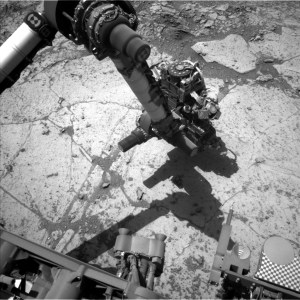 3 min read Sols 4263-4265: A Royal Birthday Celebration at Kings Canyon
3 min read Sols 4263-4265: A Royal Birthday Celebration at Kings Canyon
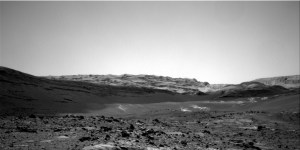 2 min read Sols 4261-4262: Drill Sol 1…Take 2
2 min read Sols 4261-4262: Drill Sol 1…Take 2
